Milling about on a break, sharing conversations and a smoke outside the station door and sneaking into the cafe next door to use the loo, the gardaí look as though they’re just pursuing another day at the office. But their presence on this square is turning heads. Anyone can see they’re a long way from home.
It's surreal to witness uniformed members of An Garda Síochána strutting around the centre of Belfast as if they patrol the place. On a bright and crisp afternoon last February, when the new television series Dublin Murders was nearing the end of its seven-month shoot, and the first Brexit deadline was fast approaching, it may even have looked like an opportunistic grab for a new jurisdiction, a trial run for reunification beginning with shared policing.
Still, it thickens the uncanny sense that greets a visitor to the set of the hotly anticipated adaptation of Tana French's Dublin Murder Squad novels, made by the BBC in collaboration with Element Pictures and the US broadcaster Starz.
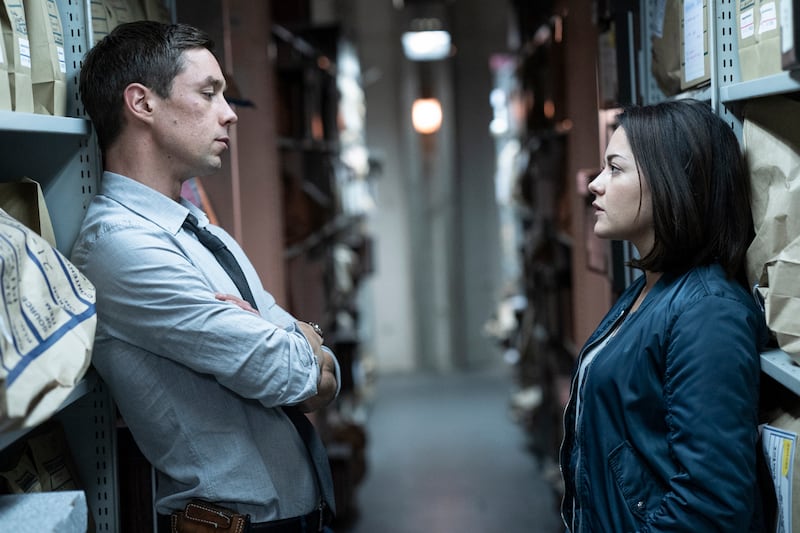
"I know, it must feel weird," says the series' creator and writer, Sarah Phelps. Sitting outside the sepulchral building of the former First Trust Bank, now carefully refitted as a convincing headquarters for the murder squad, Phelps is a writer accustomed to dealing with dead bodies. "She had 11 murders to do last year," the producer Noemi Spanos says of Phelps's prodigious output, fresh from two back-to-back Agatha Christie adaptations, making her sound like a very industrious serial killer.
Does it make a difference to begin with a living author and, given the cultish devotion that French’s six-book series attracts, a very invested audience?
“I’ve mainly only worked with dead authors,” says Phelps. “Dickens. Christie. Although Christie’s very much alive through her estate. When you’re working with a living author you’re really aware that, for them, it’s like watching your children go off to school.” Combining the first two books of French’s series, In the Woods and The Likeness, for the material of the first season of Dublin Murders, Phelps explains that a television script and a novel must pursue different courses.
Where French’s books are mostly narrated in the first person, each led by a succession of detectives, Phelps avoids voiceovers, finding perspectives by cleaving close to the central characters. And in an era hypersensitive to spoilers, those unacquainted with the books will be kept in suspense about one plot element that the reader learns, literally, on page one. “I’m holding that back because it’s such a great cliff [hanger],” Phelps says . Besides, French’s novel can comfortably accommodate another mystery. “But not just as an act of courtesy, but as an act of covenant, you have to honour the vision of the writer and the spirit of the novel,” she continues. “If you’re not going to do right by a novel, don’t do it.”
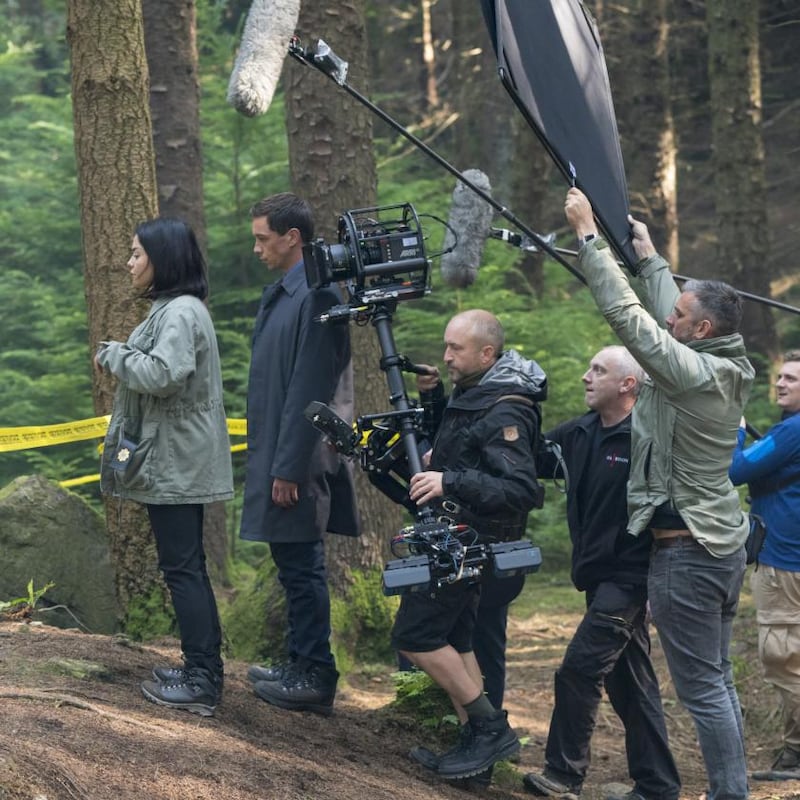
Doing right by the vision of French’s books, which combine vivid details of Ireland’s recent social history, from boom through bust, with eerie tinges of the supernatural, brings its own challenges. In the Woods is set in 2006, when the grim discovery of a 13-year-old girl’s body on an altar brings the detective partners Rob Riley (the reader will note a name change) and Cassie Maddox to an archaeological site soon to be bulldozed to provide space for a needless motorway.
This grimy underbelly of the Celtic Tiger also dredges up an unresolved past. Twenty-one years earlier three children went missing in the same woods; two were never found. Narrated by Rob, the connection between events, first resisted, invites devastating consequences. The Likeness, which centres on Cassie, is still more Gothic and fantastical, sending her undercover to inhabit a Georgian house in Co Wicklow, another potent site earmarked for soulless development.
Phelps’s decision to combine the novels meant that the two lead characters, refreshingly drawn as a partnership of equals, “are much more in league against the rest of the world, and the conversations they have can take the place of the novels’ interior perspectives”.
It also allows her to access the more brooding, uncanny elements of the fiction. “This is something I’m really interested in,” says Phelps: “The deep tap root into the kind of ur-narratives of fairy tales and ancient myths and things like that. Ultimately, what the story is about is when a guillotine falls across your life, between the before and after, as it has for both Rob and Cassie, then how the f**k do you live? When everything that makes you a fully functioning human being becomes stripped away, you are a child, in essence, trying to make sense of the fact that you are a survivor and why you have survived. That is the essence of those books: what does it mean to be human? When you pursue that [as an adapter] everything falls into place.”
Deep in the catacombs of the former bank, in a room where a struggling electric heater squats in the alcove of a grand fireplace, Sarah Greene peers suspiciously into a white polystyrene box from catering and weighs her options. It's the last day of filming that she and her costar Killian Scott will share, and to celebrate they have ordered pizzas to arrive for the crew once they've wrapped. "I'll just have a bite to keep me going," she says. The shoot has clearly been more sustaining.
Following her most recent TV series, the hostage-negotiation drama Ransom, her new role in law enforcement might look like a promotion. “I got a gun this time,” Greene jokes. But the part is more loaded. “I think it’s probably one of the most complex characters I’ve played,” she considers of Cassie. “There’s so much going on with her.”
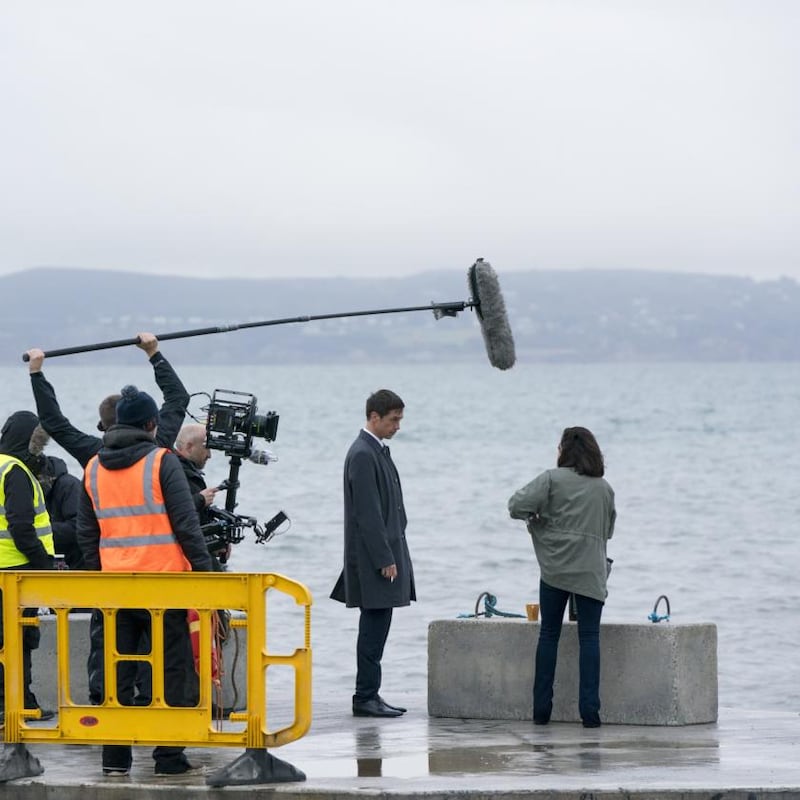
Much of this will be the substance of the series, but suffice it to say that Cassie’s past is touched by tragedy, and that her fast track to becoming a murder detective followed difficult undercover work.
“Her undercover alias constantly threatens to take over,” says Greene. “That dark side of her. Hence she’s drawn to Killian’s character, Rob. I think they share this kind of guilt: guilt at surviving, escaping death, and they battle with that. That rears its ugly head throughout the season.”
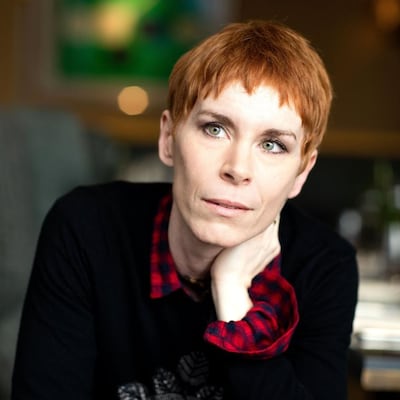
When interviewed by The Irish Times for her latest novel, The Wych Elm (her first outside the Dublin Murder Squad series), French pointed to her focus on character as a consequence of having started out as an actor. "Plot comes out of character, as far as I'm concerned," she said. Devotees of French argue that, while the guiding question behind most detective fiction is "Who is the murderer?", the compulsion behind her series is to figure out who is the detective.
Phelps believes this is true of all detective fiction, to some extent. “Any narrator is unreliable,” she says. “We’re all unreliable when we’re telling the story of ourselves.”
As the affectedly eloquent Rob says of their ethically ambivalent procedure in French’s book, “Our relationship with truth is fundamental but cracked... We pursue it with strategies painstakingly constructed of lies and concealment and every variation on deception.”
For Scott such ideas of performance and unknowability become integral to the part. “There’s a sort of a Talented Mr Ripley thing going on,” he agrees when we meet between takes. The only available space to talk in the building is the cluttered office of their implacable superior, O’Kelly (played by Conleth Hill). Lest that give the interview the air of an interrogation, Scott casually kicks his feet up on his boss’s desk.
“There’s a real humanity in how Sarah Phelps writes,” he says. “No one comes out of this completely intact. Everyone has their shadows. So there aren’t classic ideas of good and bad. It’s a lot more grey.” We know, for instance, that the woods of the first investigation herald problems for the detectives. “What’s interesting about Sarah’s writing of that episode,” says Scott, “is that you’re not sure for whom it is problematic.” Here, characters are their own mystery.
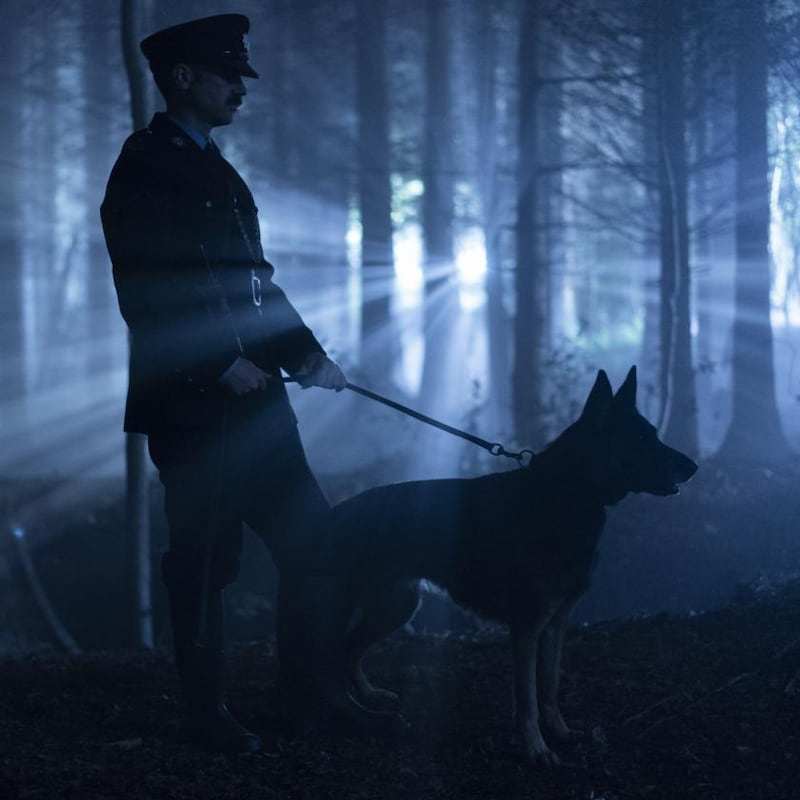
That also helps explains the calibre of actor that the show has recruited: besides Hill, Moe Dunford, Peter McDonald, Vanessa Emme and Tom Vaughan-Lawlor all feature in supporting roles – and, like Vaughan-Lawlor's character, Frank Mackey, supporting roles often become the central characters in subsequent mysteries. We have several detectives left to meet.
For the moment, though, to borrow Greene's phrase, it's Rob and Cassie who get the guns this time. "What's so interesting about this show is that it's not a procedural," Greene says. "It's a really personal story about personal battles. So you invest in these characters at a much deeper level. They're not just cops. You're constantly learning who they are and why they are. So it's much more interesting. Especially to play."
If the darker fascinations of shows such as True Detective, Line of Duty and Happy Valley seem morbid – detective shows for a downbeat age next to which Dublin Murders seems right at home – the set seems like a happy place.
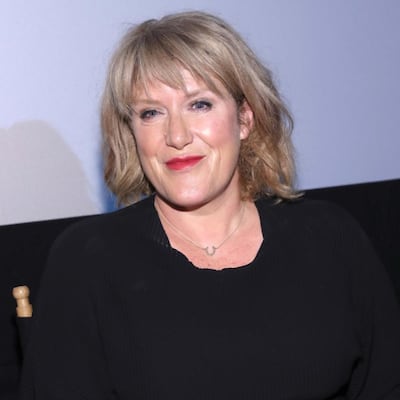
Phelps makes for an enjoyably whirling interview, partly because any mention of Brexit is to invite whole arias of anti-Tory invective (“Excuse me? We’re threatening the Irish with starvation? Are you f**king mad c***s? Have the last 400 years entirely passed you by?”). But it’s mostly because she leaps into words of tender concern or hearty congratulation for everyone who passes. (“Are you done?” she calls to a child actor who has just wrapped, beckoning her into a hug. “Come to me”.)
“She’s a genius,” Greene had told me. “She’s just this rainbow of colour that explodes in your face.”
Such good spirit may be a necessary counterbalance to the darker preoccupations of the show. Letting off some steam one day, a camera operator wonders aloud: “Do we really have to do more scenes of murder, rape and dead bodies?” I wonder if Scott, who describes the toll of his character’s “clinical emotional detachment” as a cost worth paying, feels similarly. “No,” he says, as filming resumes. “In this show, I assure you, in a very tortured and existential fashion we’re having lots of fun.”
Dublin Murders begins on BBC One at 9pm on Monday, October 14th, and, with a double bill, on RTÉ One at 9.35pm on Wednesday, October 16th












